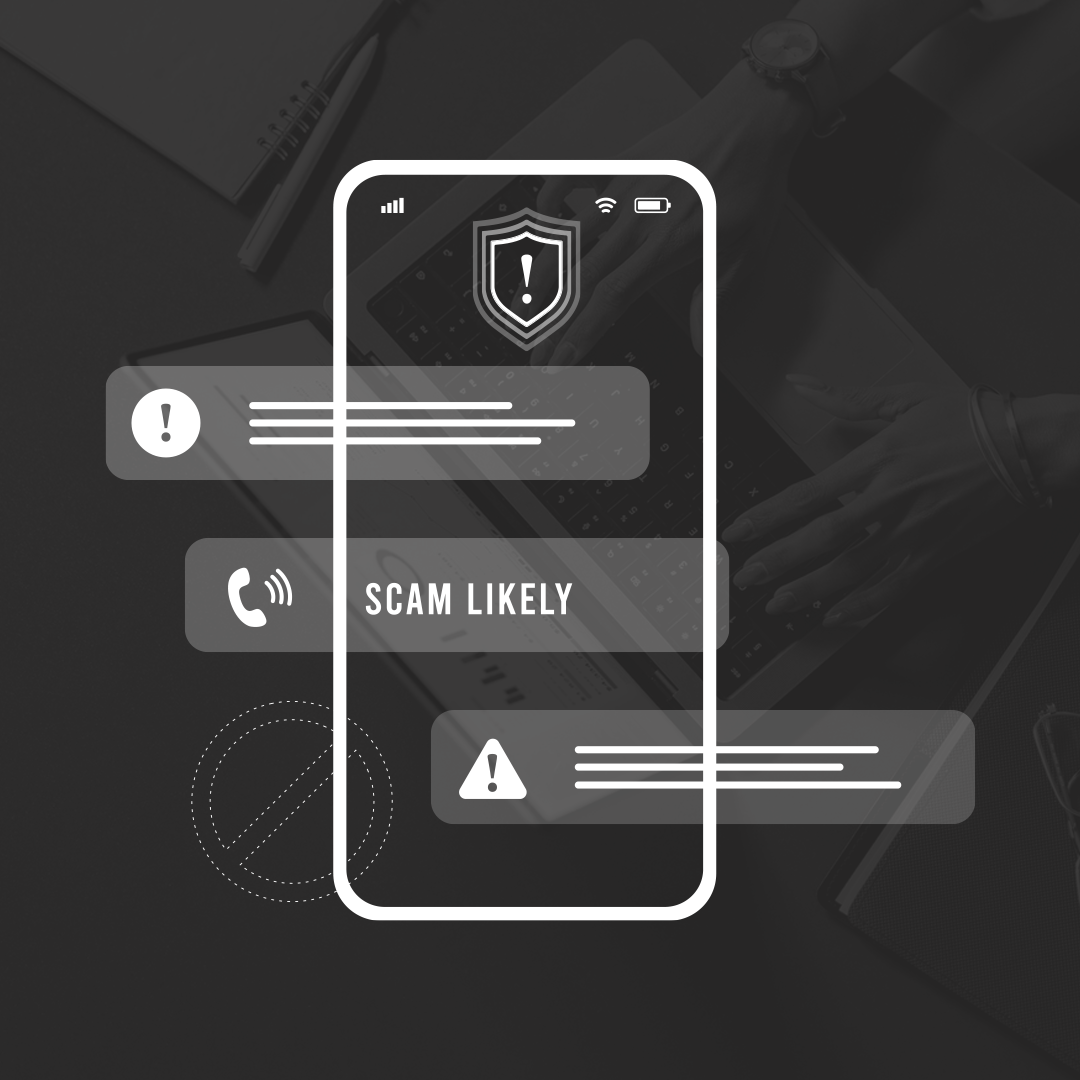Protect Yourself and Know the Signs of Fraud Before it Happens

Scammers use increasingly sophisticated tricks, sending fake emails, spoofing phone numbers, or claiming your money needs to be moved to a “safe account.”
Protect yourself by staying skeptical of urgent demands, not clicking links or sharing personal information, and regularly monitoring your account. And know that Susser Bank will never request sensitive information via unsolicited calls or emails.
Learn more about common scams and how to protect yourself below.
Common Scams

Vishing (Phone Scams)
Scammers spoof the bank’s number and claim urgent issues with your account. They may ask for one-time passcodes, PINs, or urge you to transfer money to a “safe account.” Don’t rush: scammers create urgency to bypass your judgment.
Smishing (Text Message Scams)
A fake text asking you to verify account details or click a link, leading to a fraudulent login site. Never share personal or financial information via text.


Phishing Emails / Fake Websites
Scammers send emails that appear legitimate, asking you to update login information or download attachments. Links lead to fake sites that steal your data. Do not click on any suspicious link.
“Safe Account” Transfer Scams
You’re told your money is at risk and must be moved to another “secure” account, which is actually controlled by the scammer. No legitimate fraud alert will require you to move your own money.


ATM Skimming and Cash Trapping
Hidden devices may be placed on ATMs to steal card information or trap your cash inside. You may hear it dispense, but nothing comes out. Stay alert and report any unusual ATM behavior.
Business Email Compromise (BEC)
Fraudsters pose as vendors or internal contacts, requesting wire or ACH payments to fraudulent accounts. This commonly targets business clients with urgent payment requests. Use dual approval for large payments and confirm requests via a separate communication channel.

Tips to Protect Yourself
- Never share your login credentials, PINs, or secure access codes in response to calls, texts, or emails. Verify by calling the bank directly, not the number given in the call or message.
- Examine emails and URLs closely and look for small inconsistencies.
- Turn on account alerts to monitor deposits, withdrawals, and logins.
- Use strong, unique passwords and enable multi-factor authentication.
- Review your accounts regularly and report suspicious activity immediately.
Have questions?
Contact your Susser Banker or a Client Care team member and someone will gladly assist you.

